Imagine a creature so tiny it could hide in the palm of your hand, yet powerful enough to shatter glass, obliterate crab shells, and deliver punches faster than a speeding bullet. The mantis shrimp is not your average underwater resident. This vibrant marine assassin wields a weapon so fast and fierce, scientists were left in awe when they first measured its power. The sheer speed of its attack is enough to make even seasoned researchers gasp in disbelief. How did evolution craft such a remarkable predator, and what secrets does this shrimp hold in its armored fists? Prepare to dive deep into the dazzling world of the mantis shrimp, where speed, science, and a dash of the unexpected collide.
A Creature Like No Other
The mantis shrimp looks like it jumped straight out of a science fiction movie. With its dazzling array of colors—electric blues, fiery reds, and bright greens—it captivates the eye before it even moves. But its appearance is just the beginning. Unlike the shrimp you might find on your dinner plate, this creature is a fierce predator. It belongs to the order Stomatopoda, a group of marine crustaceans that have roamed the oceans for millions of years. Mantis shrimps are known for their intelligence and complex behaviors, often building intricate burrows and displaying sophisticated hunting strategies. Their eyes are among the most advanced in the animal kingdom, allowing them to see a spectrum of colors far beyond human capability. Yet, it’s their weaponized limbs that truly set them apart.
The Science Behind the Punch

What makes the mantis shrimp’s strike so legendary is not just its speed, but the science behind it. The creature’s club-like appendages, often called “dactyl clubs,” act like biological spring-loaded hammers. When hunting, the mantis shrimp locks its arm in a cocked position, storing up an incredible amount of energy in elastic tissues. Upon release, this stored energy unleashes the club at speeds exceeding 50 miles per hour. In fact, the club accelerates so rapidly that it creates cavitation bubbles—tiny voids in the water that collapse with explosive force, adding yet another shockwave to the initial impact. This means the prey isn’t just struck once, but twice: first by the club, and then by the imploding bubble.
Faster Than a Bullet
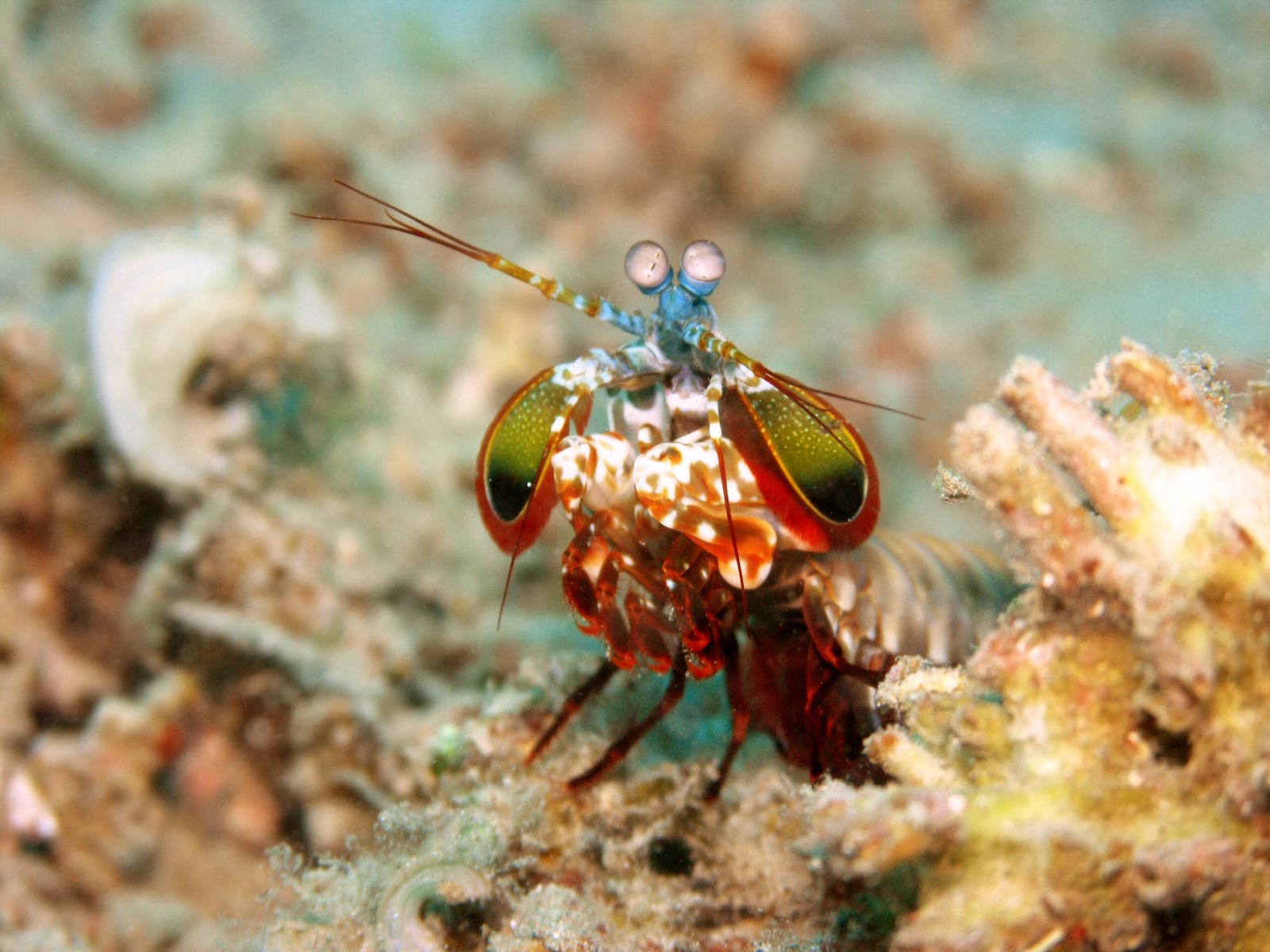
It’s almost unbelievable, but the mantis shrimp’s strike happens so quickly that it rivals the speed of a bullet fired from a handgun. Researchers have measured the acceleration of the club at over 10,000 times the force of gravity. To put this in perspective, a human boxer’s punch reaches speeds of about 25 miles per hour, while the mantis shrimp’s punch is more than double that. The force is so intense that aquarium tanks housing mantis shrimp sometimes crack from their blows. The shrimp’s strike is not only a marvel of the natural world, but also a phenomenon that challenges the limits of physics.
Breaking Barriers—And Shells
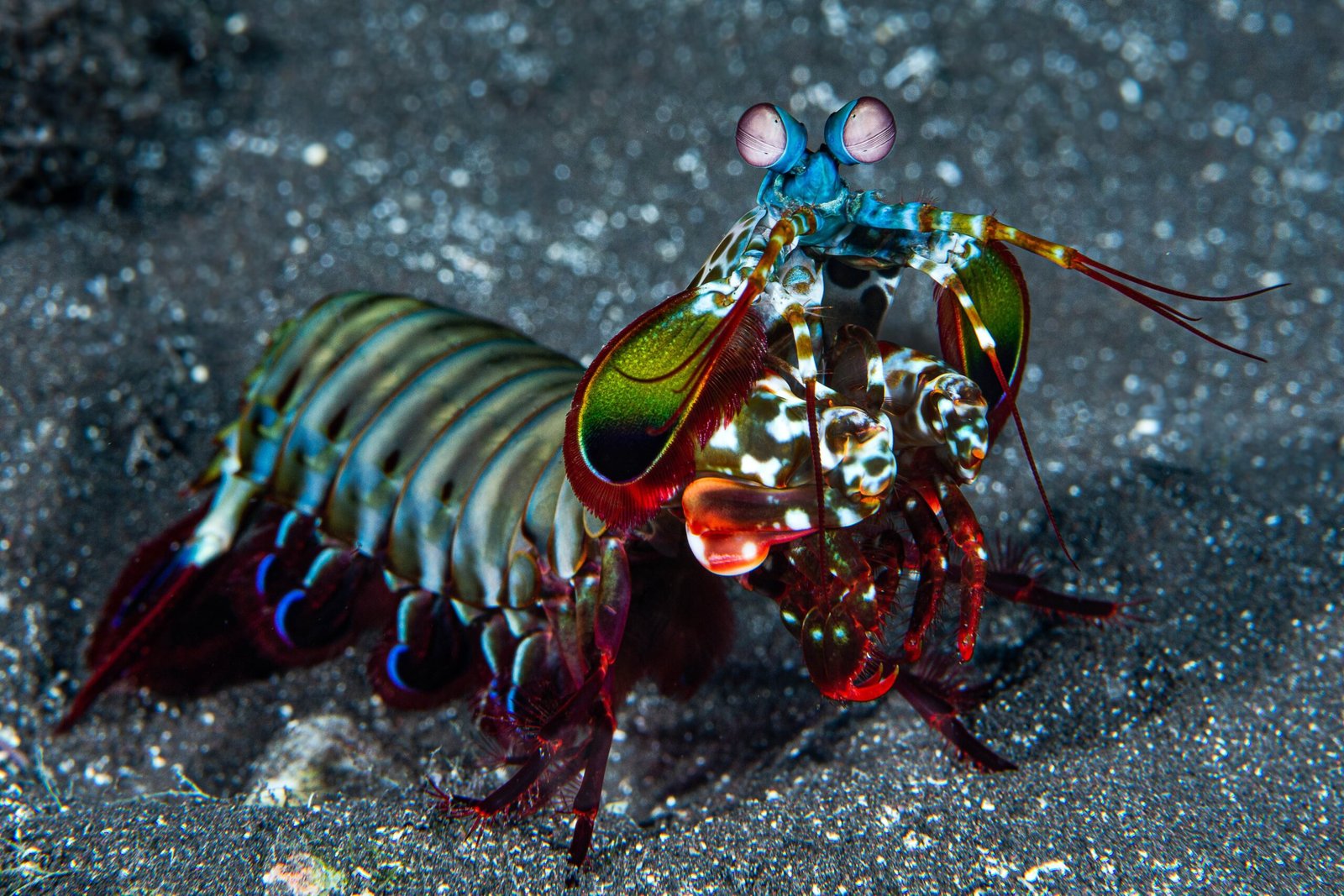
The mantis shrimp’s punch is nature’s answer to an armored tank shell. When this tiny warrior goes hunting, it seeks out hard-shelled prey like crabs, snails, and even other crustaceans. The club’s impact is so devastating that it can crack open shells that would easily withstand other predators’ attacks. Some crabs have evolved thicker armor just to try to withstand these blows, but few can truly defend themselves. Aquarists have learned the hard way that mantis shrimp must be kept in reinforced tanks. One punch can reduce a snail’s shell to fragments, making the mantis shrimp one of the few creatures that can feast on well-protected marine animals with ease.
The Mysterious Cavitation Effect
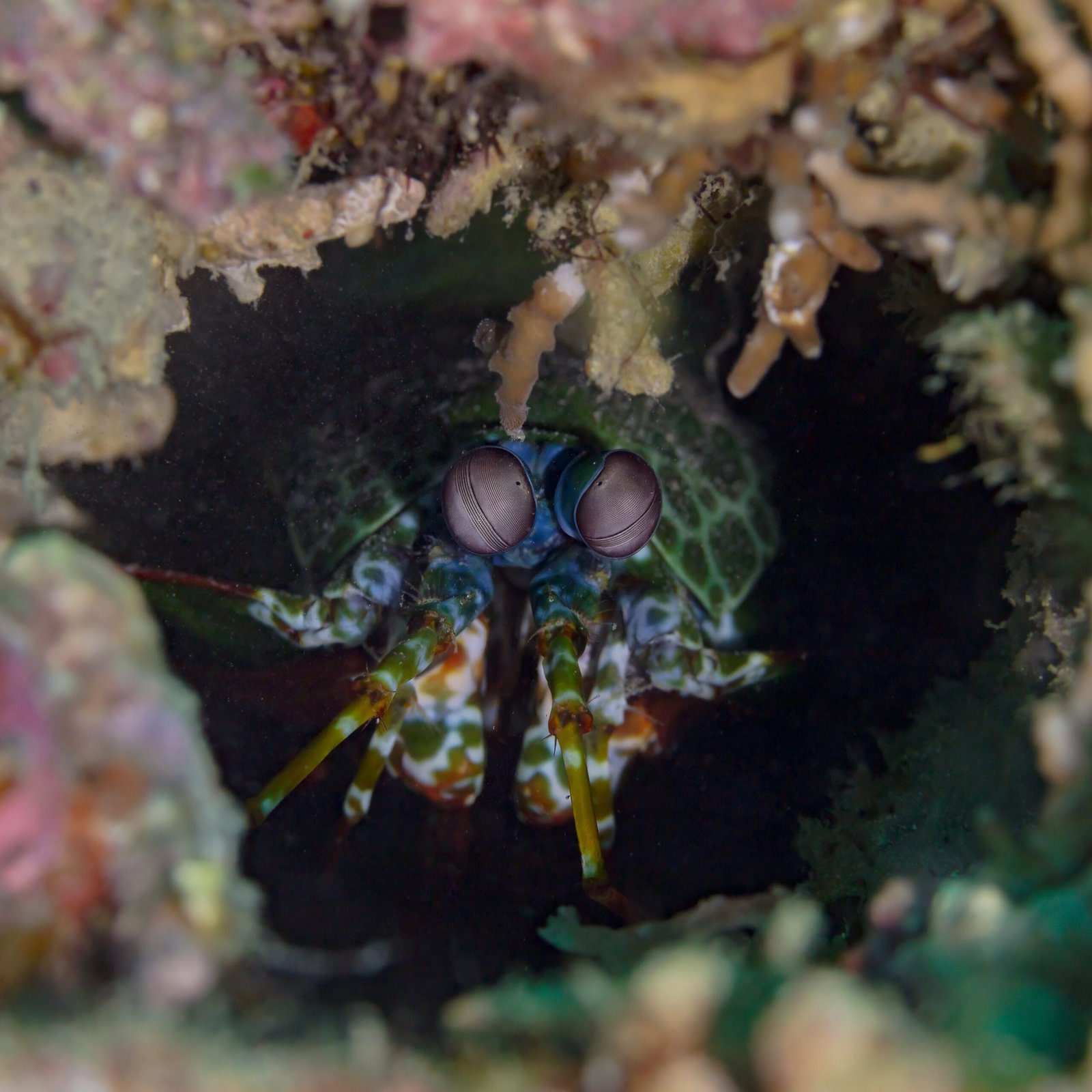
When the mantis shrimp punches, it’s not just brute strength at work—it’s physics in action. The club moves so fast that it leaves a void, or bubble, in the water. As the bubble collapses, it releases a shockwave nearly as destructive as the punch itself. This effect, called cavitation, is a rare phenomenon outside of high-speed machinery or submarine propellers. In the world of biology, it’s almost unheard of. The heat from the collapsing bubble can even emit a tiny burst of light, known as sonoluminescence. In essence, the mantis shrimp’s strike doesn’t just destroy with force—it’s backed by explosive science.
Armor Built for Impact

With all that punching power, you might wonder how the mantis shrimp avoids injuring itself. Nature, as always, has a solution. The dactyl clubs are made of an incredibly tough, layered material that absorbs and distributes the shock of each strike. Scientists have marveled at the club’s structure, which combines minerals and proteins in a way that’s both lightweight and nearly indestructible. The club’s outer layer is hard and impact-resistant, while the inner layers provide flexibility and energy absorption. This ingenious natural design has even inspired engineers to develop new types of armor and protective gear for humans.
Eyes That See the Unseen
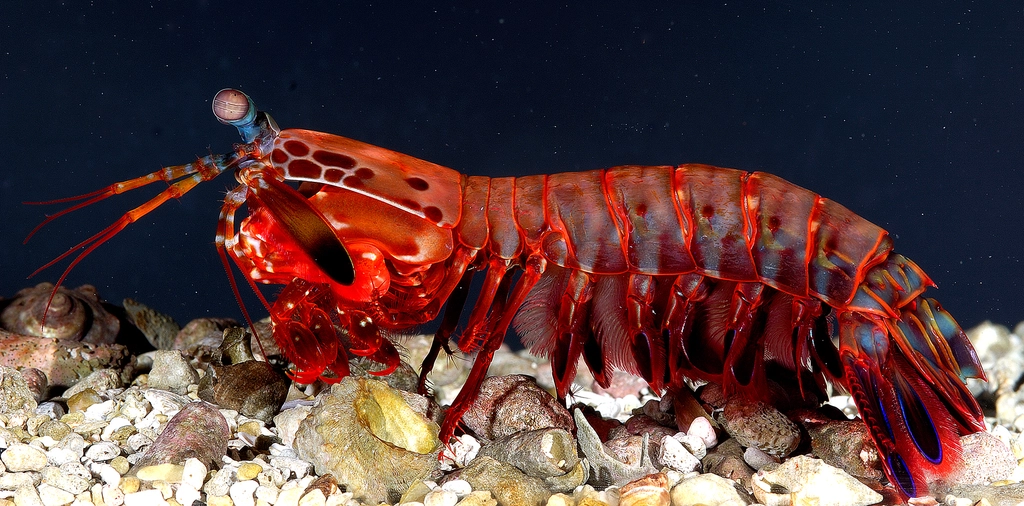
While the mantis shrimp’s legendary punch steals the spotlight, its eyes are just as extraordinary. Each eye can move independently, scanning the environment for the slightest movement. But what’s even more amazing is their vision. Mantis shrimp have up to 16 types of color receptors, compared to just three in humans. They can see ultraviolet, polarized, and even circularly polarized light—spectrums invisible to us. This advanced vision helps them spot prey, rival shrimp, and potential mates with incredible accuracy. It’s as if they live in a world painted with colors we can only imagine.
Masters of the Ambush
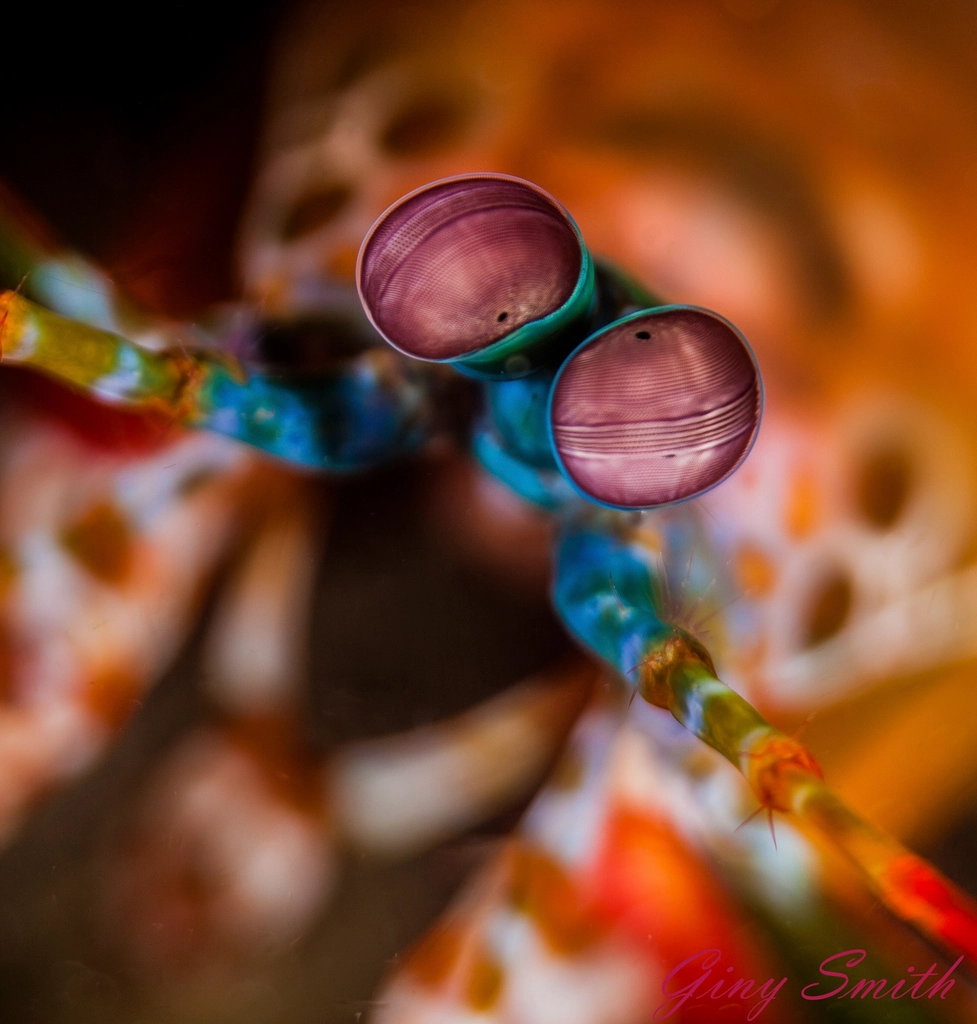
The mantis shrimp is not just a brute force predator; it’s a master strategist. These shrimp often hide in burrows, waiting silently for the perfect moment to strike. When an unsuspecting crab or snail wanders too close, the mantis shrimp unleashes its devastating punch in a split second. The element of surprise, combined with blinding speed, makes escape nearly impossible for prey. This ambush tactic is essential for survival, as it allows the mantis shrimp to take down creatures that would otherwise be much tougher opponents.
Communication and Social Lives
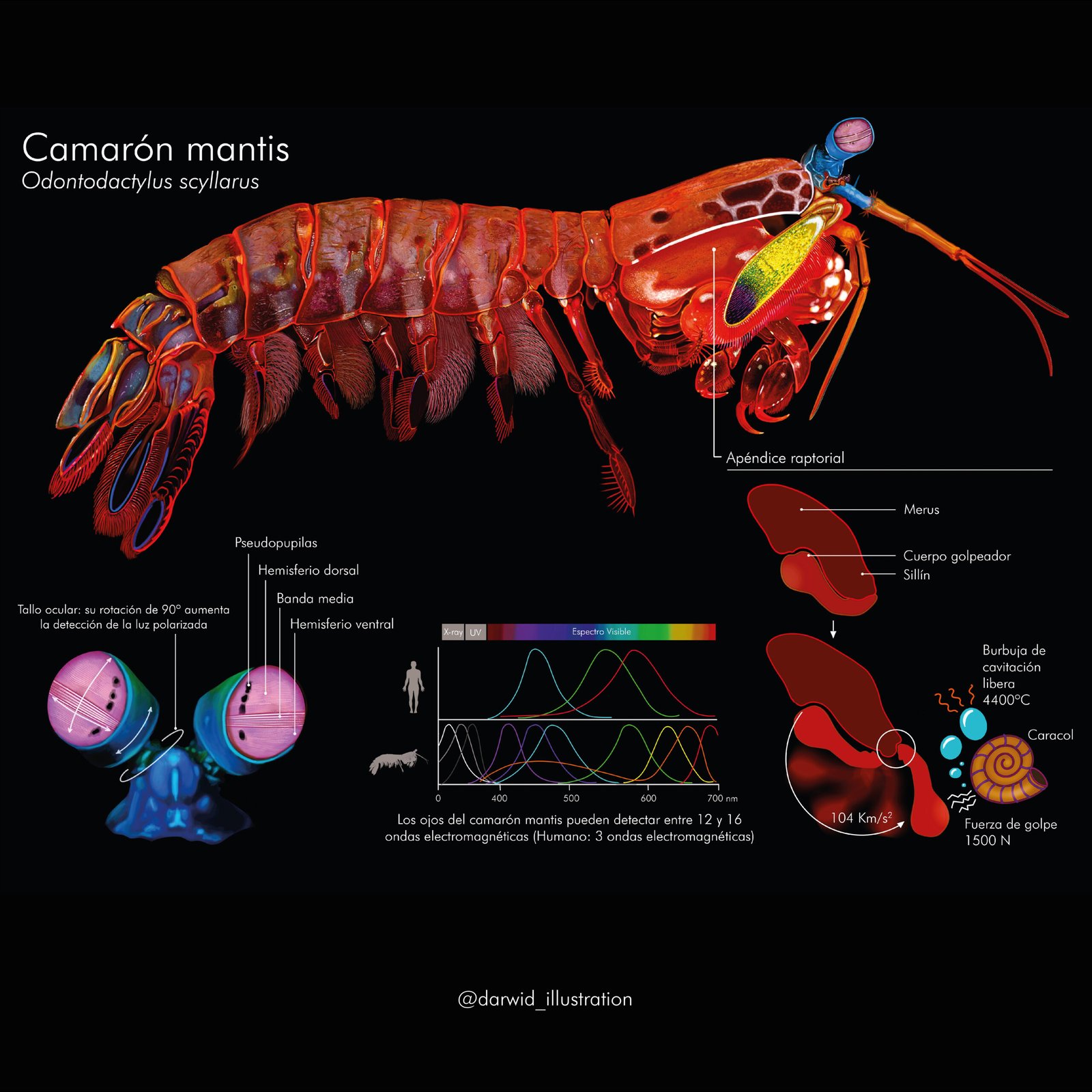
Despite their aggressive reputation, mantis shrimp aren’t solitary thugs. Many species engage in complex social behaviors, from sharing burrows with mates to displaying colorful signals during disputes. They use their vibrant exoskeletons to communicate with rivals and potential partners, flashing colors as warnings or invitations. Some mantis shrimp even perform ritualized fights, where they show off their strength without causing serious injury. These behaviors reveal a surprisingly sophisticated social life beneath the surface.
Inspiring Human Innovation
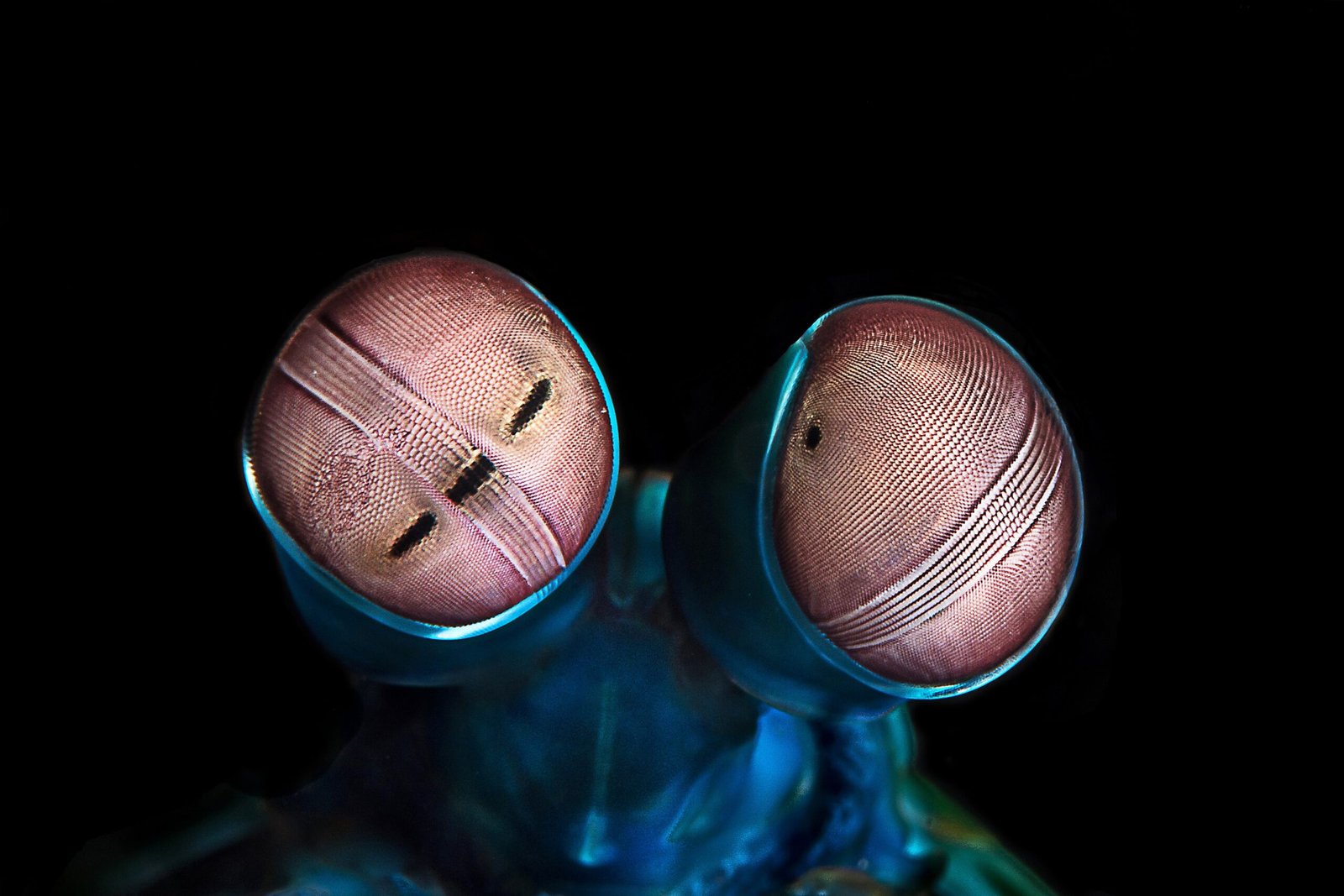
The mantis shrimp’s punch has inspired more than just awe—it’s sparked a wave of innovation in science and engineering. Researchers are studying the shrimp’s dactyl club to design tougher materials for body armor, airplane wings, and sports equipment. The layered structure of the club could hold the key to creating products that are both lightweight and incredibly strong. Even the shrimp’s vision system has influenced the development of new types of cameras and sensors. Nature’s engineering, honed over millions of years, is now shaping the technologies of tomorrow.
A Living Wonder of the Ocean
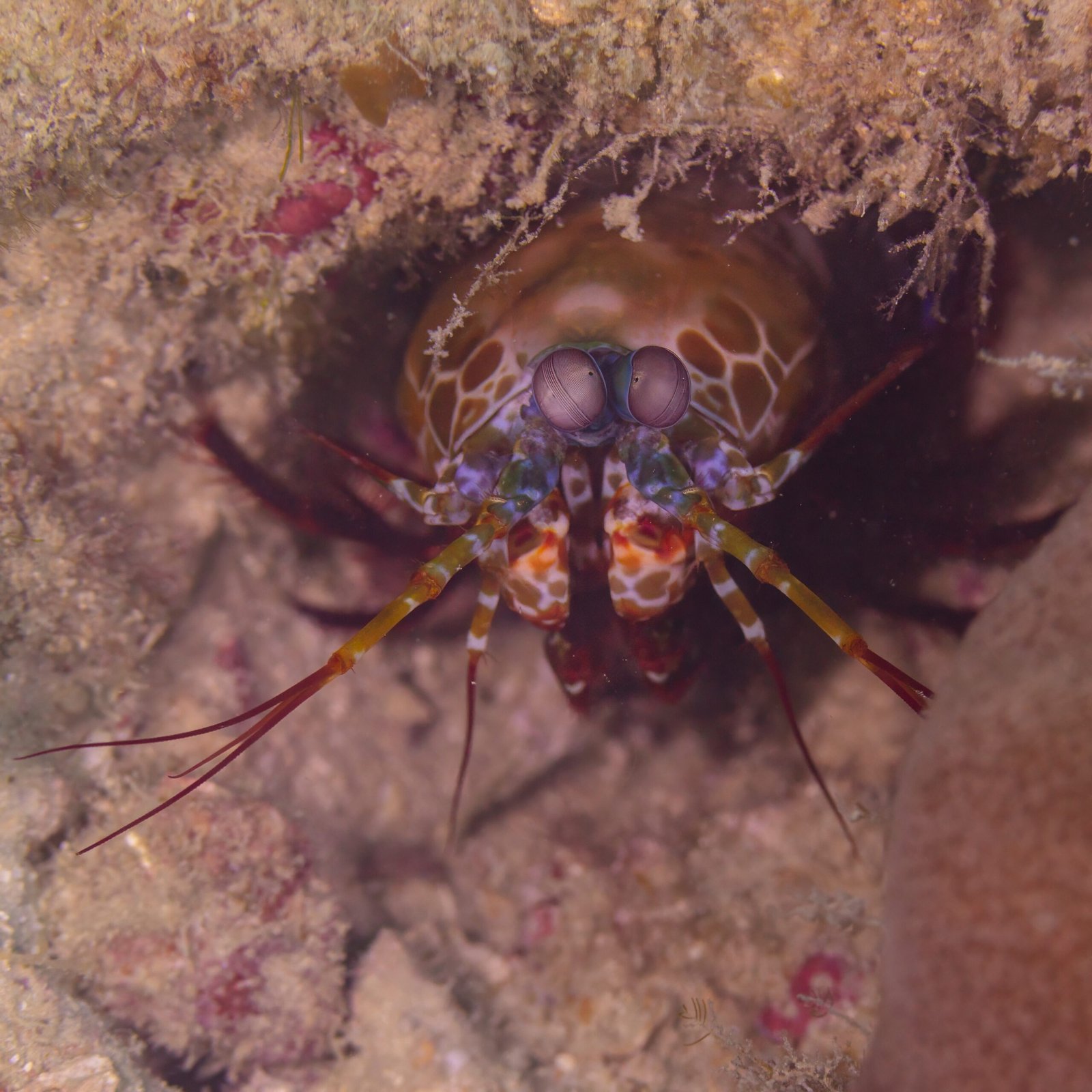
The mantis shrimp’s story is a vivid reminder of nature’s ability to surprise, inspire, and humble us. From its lightning-fast punches to its vibrant colors and extraordinary vision, this creature embodies the wild creativity of evolution. It’s a living testament to the fact that the most astonishing wonders often come in the smallest, most unexpected packages. The next time you gaze into an aquarium or imagine the depths of the ocean, remember the mantis shrimp—a tiny titan with the fastest strike in nature.



